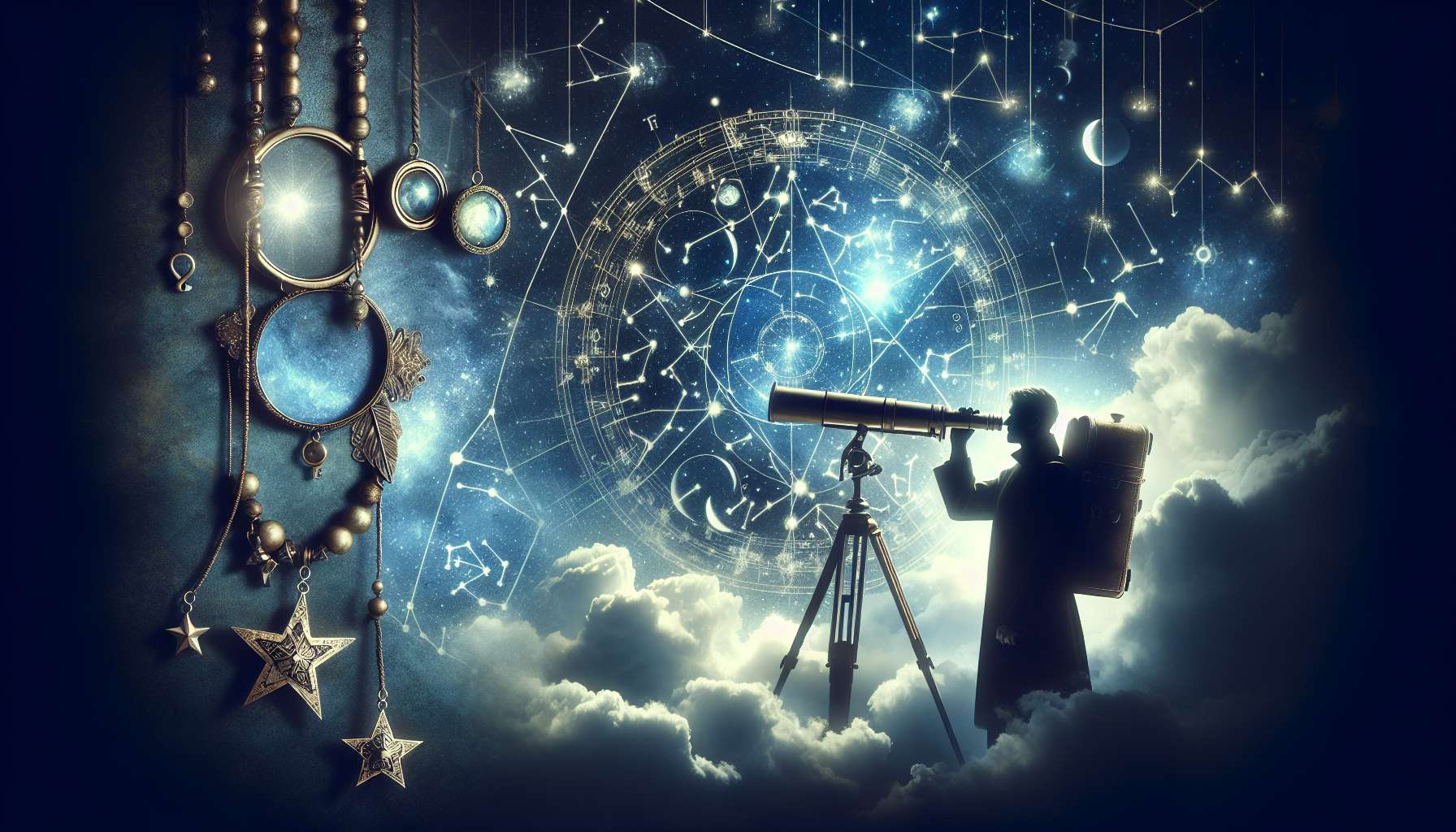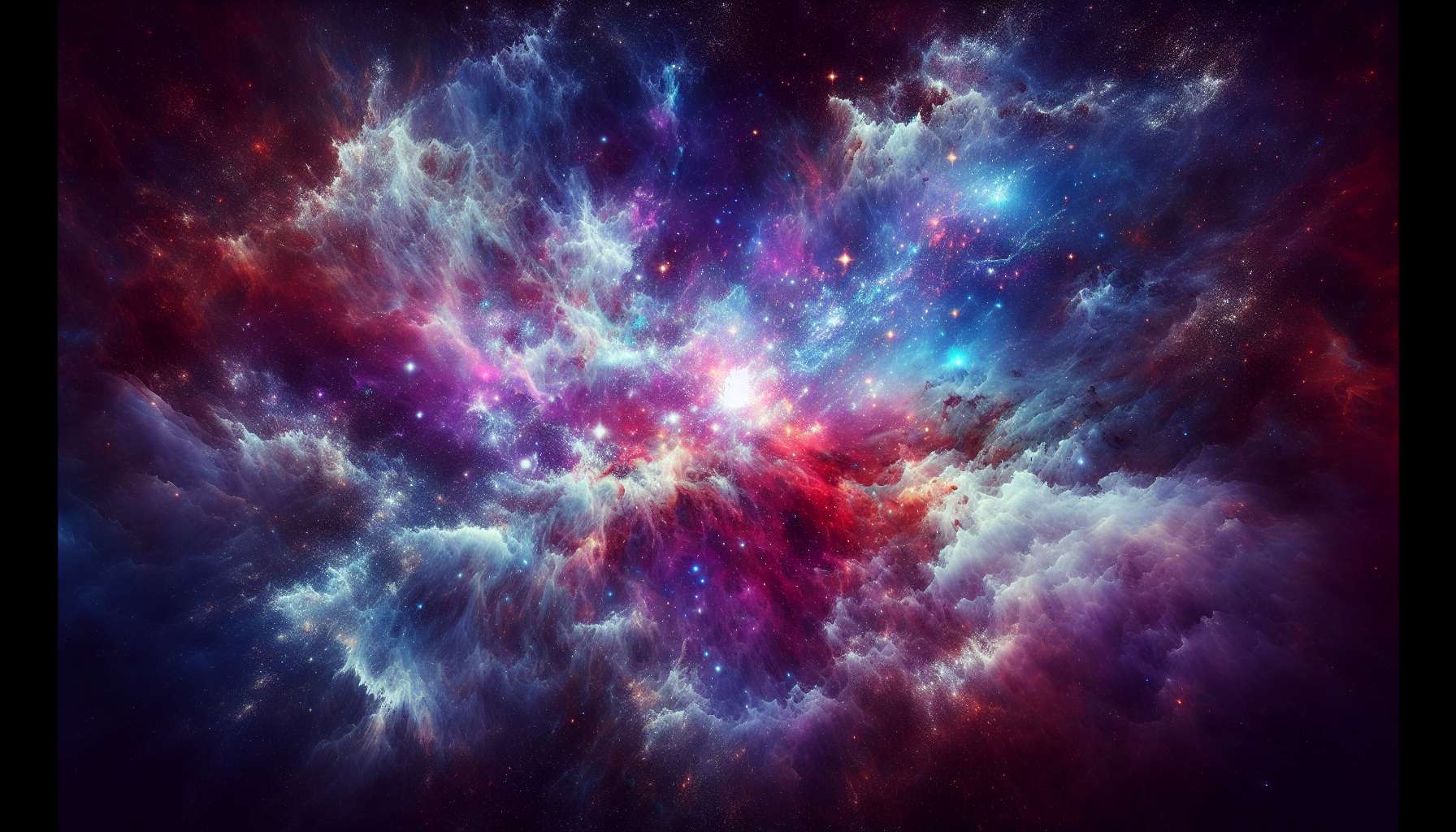Night Sky Symbolism Exploration
When we gaze up at the night sky, we are met with a vast expanse of twinkling stars, mysterious planets, and the enigmatic moon. Throughout history, humans have looked to the heavens above for guidance, inspiration, and meaning. The night sky has been a canvas for countless stories, myths, and symbols, reflecting the beliefs, cultures, and aspirations of civilizations around the world. In this article, we will embark on a journey of exploration into the symbolism of the night sky, delving into its significance, interpretations, and impact on our lives.
The Cosmic Tapestry: A Brief Overview
The night sky has captivated human imagination for millennia, serving as a source of wonder, awe, and contemplation. Ancient civilizations viewed the stars as celestial beings, gods, and ancestors watching over them. The movement of celestial bodies was believed to influence human affairs, shaping destinies and foretelling the future.
From the zodiac constellations to the phases of the moon, the night sky has been filled with symbols and signs that have guided humanity through the cycles of life, death, and rebirth. In modern times, astronomers and astrologers continue to study the night sky, uncovering its mysteries and unlocking the secrets of the universe.

Constellations: Mapping the Stars
One of the most enduring symbols of the night sky is the constellations. These patterns of stars have been grouped together by various cultures to form recognizable shapes and figures, each with its own mythology and significance. From the Great Bear in the northern hemisphere to the Southern Cross in the southern hemisphere, constellations have guided navigators, storytellers, and dreamers across the ages.
For example, the constellation of Orion, with its distinctive belt of three stars, is associated with the legendary hunter in Greek mythology. Orion’s presence in the night sky has inspired countless tales and poems, symbolizing strength, courage, and perseverance. Similarly, the constellation of Scorpius, resembling a scorpion with its curved tail, has been linked to the myth of the scorpion that stung Orion in the heel.
The Moon: Symbol of Mystery and Transformation
As Earth’s closest celestial neighbor, the moon has long been a symbol of mystery, magic, and transformation. Its phases, from waxing to waning, mirror the cycles of life, death, and rebirth. In many cultures, the full moon is associated with fertility, abundance, and illumination, while the new moon signifies new beginnings, introspection, and renewal.
Ancient civilizations worshipped the moon as a goddess, attributing her with powers of healing, intuition, and creativity. In astrology, the moon represents the subconscious mind, emotions, and instincts, guiding us through the ebb and flow of our inner world. The moon’s influence on tides, moods, and behavior has been studied and celebrated throughout history.

Planets: Celestial Wanderers
Beyond the fixed stars and the moon, the planets in our solar system have also played a significant role in night sky symbolism. Each planet has been associated with specific qualities, attributes, and energies that influence human behavior, relationships, and destiny. From the fiery Mars to the watery Neptune, the planets govern different aspects of our lives.
For example, the planet Venus, named after the Roman goddess of love and beauty, is linked to relationships, harmony, and aesthetics. In astrology, the position of Venus in the natal chart can indicate our romantic inclinations, artistic talents, and social interactions. Similarly, the planet Saturn, known as the taskmaster of the zodiac, symbolizes discipline, responsibility, and karmic lessons.
The Milky Way: River of Stars
Stretching across the night sky like a luminous river, the Milky Way has been a symbol of cosmic unity, interconnectedness, and infinity. In many cultures, the Milky Way is seen as a pathway to the afterlife, a bridge between the earthly realm and the divine realm. Stories and myths abound about the origin and significance of this celestial phenomenon.
For the ancient Maya civilization, the Milky Way was viewed as the World Tree, connecting the heavens, the earth, and the underworld. In Aboriginal Australian Dreamtime stories, the Milky Way represents the journey of the creator ancestor spirits across the sky. The beauty and majesty of the Milky Way continue to inspire awe and wonder in stargazers and astronomers alike.

Astrology: Mapping the Stars
Astrology, the study of the movements and positions of celestial bodies to interpret their influence on human affairs, has been a powerful tool for understanding personality, relationships, and destiny. By mapping the stars and planets at the time of a person’s birth, astrologers can create a natal chart that reveals insights into their character, strengths, challenges, and potential.
Each zodiac sign is associated with specific traits, elements, and ruling planets that shape our personality and behavior. For example, individuals born under the sign of Aries are often described as courageous, independent, and assertive, reflecting the influence of the fiery planet Mars. By exploring the symbolism of the zodiac signs and planets, we can gain a deeper understanding of ourselves and others.
Modern Interpretations: Science and Spirituality
In the modern world, the symbolism of the night sky has evolved to encompass scientific discoveries, technological advancements, and spiritual insights. Astronomy and astrophysics have deepened our understanding of the cosmos, revealing the mysteries of black holes, supernovae, and dark matter. By studying the stars, scientists can unravel the origins of the universe and our place within it.
At the same time, spirituality and mysticism continue to draw inspiration from the symbolism of the night sky, exploring themes of interconnectedness, transcendence, and consciousness. Practices such as meditation, yoga, and shamanism often incorporate cosmic imagery and symbolism to awaken higher states of awareness and inner transformation.
Expert Opinions
According to renowned astronomer Carl Sagan, “The cosmos is within us. We are made of star-stuff. We are a way for the universe to know itself.” This profound statement highlights the interconnectedness between humanity and the cosmos, underscoring the symbolic significance of the night sky in shaping our understanding of ourselves and the world around us.
Common Misconceptions
One common misconception about night sky symbolism is that it is purely based on superstition and folklore. While ancient beliefs and myths certainly play a role in shaping our understanding of the stars, modern interpretations of the night sky also draw on scientific principles, empirical observations, and mathematical calculations.
Conclusion
To wrap things up, the symbolism of the night sky is a rich tapestry of stories, myths, and meanings that have guided humanity through the ages. From the constellations to the planets, from the moon to the Milky Way, the night sky offers us a glimpse into the wonders of the universe and the depths of our own souls. By exploring the symbolism of the night sky, we can connect with the cosmic forces that shape our lives and inspire us to reach for the stars.
As we gaze up at the night sky, let us remember that we are part of a vast and mysterious cosmos, filled with beauty, wonder, and endless possibilities. May the symbolism of the night sky illuminate our path and guide us on our journey of exploration and discovery.




